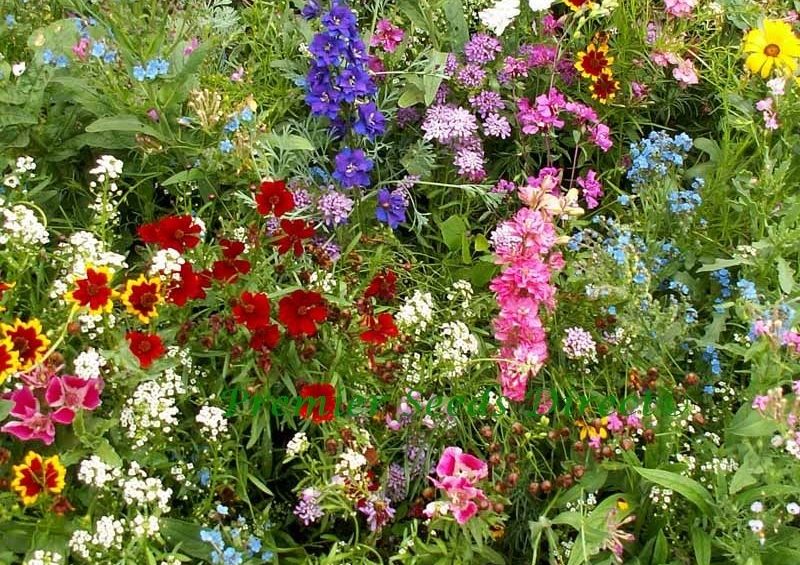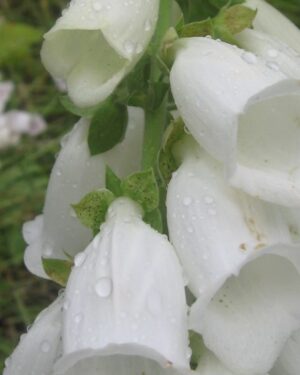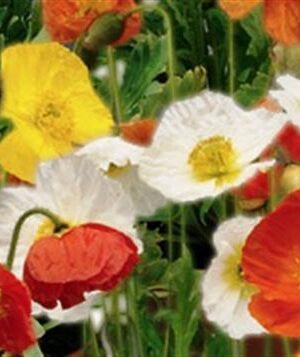Description
Flower Mix Full Sun
Flower Mix Full Sun is specifically designed to be sown in a border in full sun. This colourful mix of native and new world annual flower varieties will deliver a blanket of colour spanning the summer months. It is both visually stunning and attractive to pollinating insects. These varieties will readily self seed for the following year. Chinese Forget me not, Candytuft, Aster, Cosmos Sensation, Larkspur, California Poppy, Five spot, Corn poppy, Godetia, Snapdragon, African daisy, Clarkia, Catchfly, Correopsis, Sweet Alyssum
Cultivation Advice For Flower Mix Full Sun
- Choose flowering plants known for their preference for full sun. Options might include marigolds, zinnias, petunias, sunflowers, cosmos, portulaca, gazania, and blanket flowers (Gaillardia).
- Ensure the soil is well-draining and fertile. Incorporate organic matter like compost to improve soil structure and fertility before planting.
- Select a location that receives at least 6 to 8 hours of direct sunlight per day for optimal growth and flowering.
- Be mindful of microclimates within your garden. Even in a full-sun area, some spots might receive more or less sunlight due to nearby structures or trees.
- Follow the planting instructions on the seed packets or plant tags. Proper spacing allows for adequate airflow between plants, reducing the risk of disease.
- Water newly planted seeds or transplants regularly until they establish strong root systems. Once established, water deeply but infrequently to encourage deep root growth.
- Mulch the soil surface to retain moisture, regulate soil temperature, and suppress weed growth. Organic mulches like straw or wood chips work well.
- Apply a balanced, slow-release fertilizer at the start of the growing season. Avoid high-nitrogen fertilizers, which can lead to excessive foliage growth at the expense of blooms.
- Deadhead spent flowers regularly to encourage continuous blooming and prevent the plants from diverting energy into seed production.
- Monitor the growth and health of your plants regularly. Adjust watering and care practices based on the needs of each plant species and the conditions in your garden.
- If planting in containers, choose pots with adequate drainage and use high-quality potting mix. Container plants in full sun may require more frequent watering than those in garden beds.
- Look for heat-tolerant varieties within the flower mix selection. These varieties can withstand high temperatures without wilting or suffering heat stress.
- Plan your flower mix layout to incorporate various heights, colors, and textures for an aesthetically pleasing and diverse display. Consider pairing tall flowers with shorter ones and contrasting colors for visual impact.
- Incorporate drought-tolerant species into your mix. Plants like lavender, sedum, yarrow, and Russian sage are not only sun-loving but also require less water once established.
- Plan for a mix of annuals and perennials to ensure continuous blooms throughout the growing season. Succession planting allows for a vibrant display from spring through fall.
- Consider adding bulbs like tulips, daffodils, or alliums in the mix for early spring color.
- Water deeply and infrequently to encourage deep root growth. Use a soaker hose or drip irrigation system to deliver water directly to the base of plants, minimizing water loss through evaporation.
- Water in the morning to allow foliage to dry, reducing the risk of fungal diseases.
- Amend the soil with perlite or vermiculite to improve aeration and drainage, which are crucial for plants in full sun.
- Top-dress the soil with compost or mulch annually to replenish nutrients and maintain soil moisture.
- Regularly inspect plants for signs of pests or diseases. Use organic pest control methods such as neem oil or insecticidal soaps to manage pests without harming beneficial insects.
- Proper spacing and good airflow between plants can reduce the risk of fungal diseases, especially in humid climates.
- Choose flowering plants that attract pollinators like bees and butterflies. These include plants such as bee balm, echinacea, and salvias, which thrive in full sun and support pollinator populations.
- Apply a thicker layer of mulch around plants in full sun to help retain moisture and keep soil temperatures stable. Mulch can also help reduce weed growth, conserving water for your flowers.
- Monitor plants for signs of nutrient deficiencies and fertilize as needed. However, avoid over-fertilizing, which can lead to excessive foliage growth and reduced flowering.
- During periods of extreme heat, provide temporary shade using shade cloth or strategically placed umbrellas to protect delicate plants from scorching sun rays.
- Learn about the specific needs and characteristics of each plant species in your mix. Experiment with different varieties to see which thrive best in your specific full-sun conditions.









Reviews
There are no reviews yet.